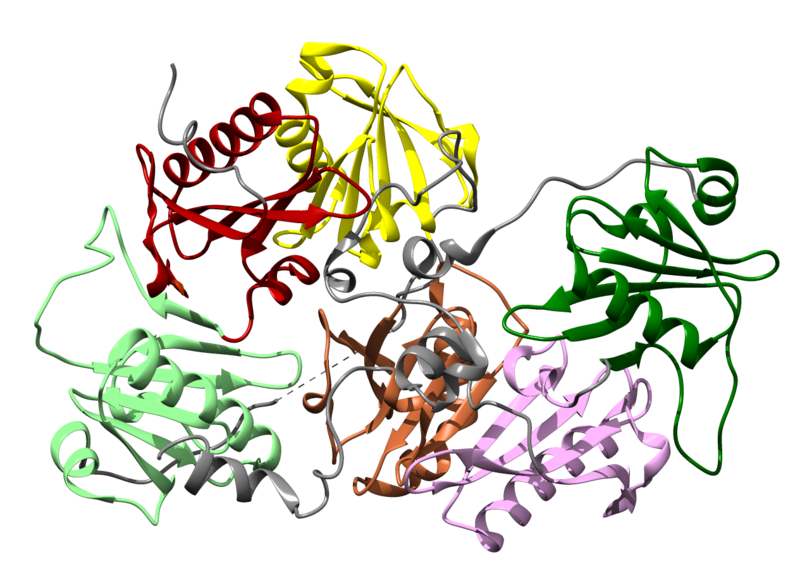The diagnostic value of plasma gelsolin levels in sepsis: A mini review
DOI:
https://doi.org/10.15419/bmrat.v11i1.859Keywords:
biomarkers, diagnosis, gelsolin, sepsis, systemic inflammatory response syndromeAbstract
Sepsis remains a critical health concern with high mortality despite medical advances. Early diagnosis and risk stratification are vital to guide appropriate intervention and improve outcomes. Plasma gelsolin, an actin-binding protein that helps clear circulating filamentous actin, has emerged as a promising diagnostic and prognostic biomarker for sepsis. This review summarizes evidence on the usefulness of plasma gelsolin for these applications. Studies consistently show significantly decreased plasma gelsolin levels in septic humans and animal models compared to healthy controls. Reductions correlate with sepsis severity and development of multiorgan dysfunction. Plasma gelsolin demonstrates a potential to distinguish sepsis from non-infectious inflammation. It also aids in mortality prediction, with lower levels portending worse outcomes. One study found that sepsis non-survivors failed to recover depleted gelsolin levels over time, in contrast to survivors. The degree of gelsolin depletion is likely connected to the extent of cellular injury from sepsis, with consumption overwhelming plasma gelsolin’s actin-scavenging capacity. Resulting persistent circulation of actin filaments is posited to mediate organ damage. Though most studies are limited by small sample sizes, plasma gelsolin consistently correlates with clinical deterioration. Substantiating its prognostic utility could enable risk stratification to guide sepsis management. Demonstrating a mortality benefit of gelsolin replacement therapy could also spur the development of novel treatments. Further research on plasma gelsolin is warranted to ultimately improve outcomes of this common and deadly syndrome.

Published
Issue
Section
License
Copyright The Author(s) 2017. This article is published with open access by BioMedPress. This article is distributed under the terms of the Creative Commons Attribution License (CC-BY 4.0) which permits any use, distribution, and reproduction in any medium, provided the original author(s) and the source are credited.
